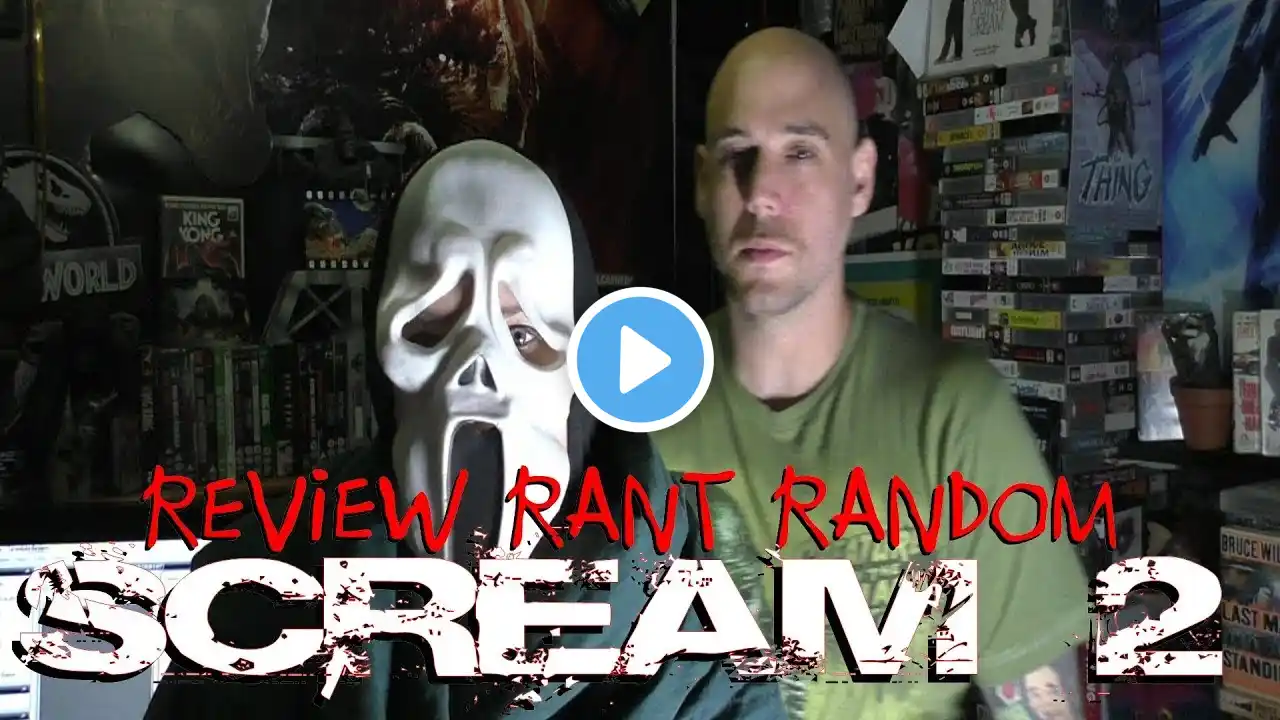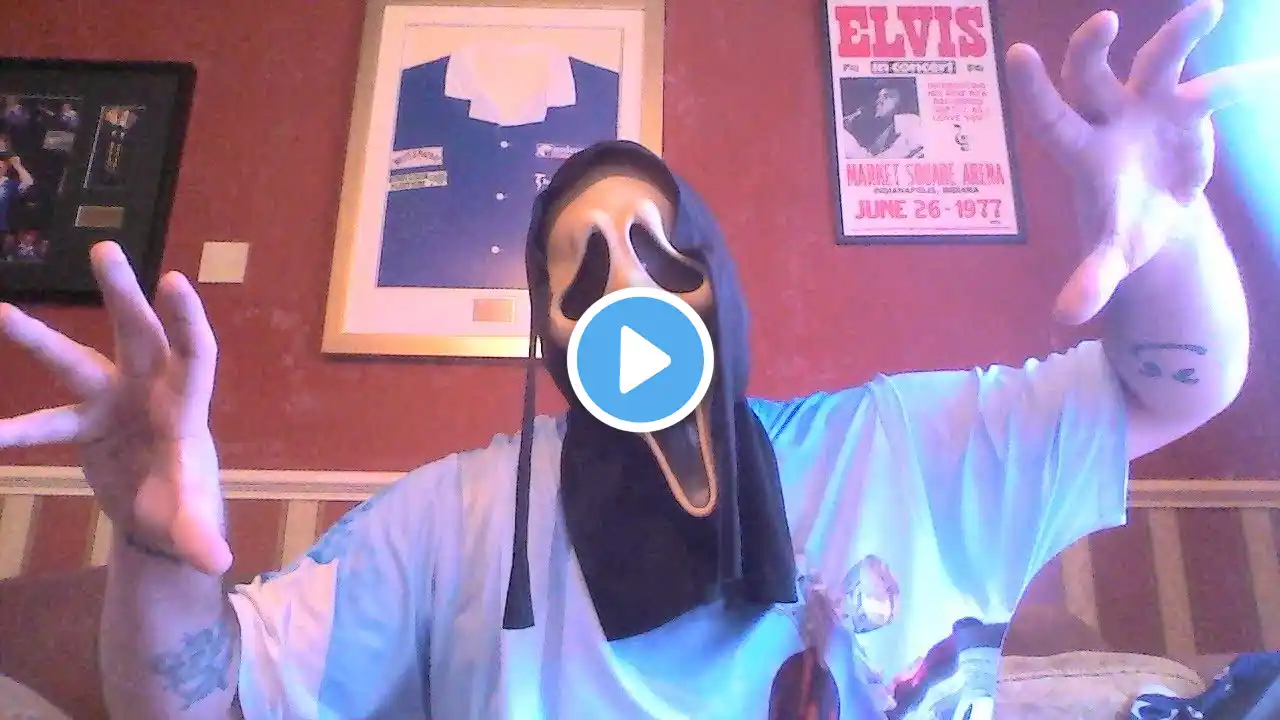
SCREAM 2 (1997) MOVIE REVIEW/RANT
Scream 2 is a 1997 American slasher film created and written by Kevin Williamson and directed by Wes Craven, starring Neve Campbell, Courteney Cox, David Arquette, Sarah Michelle Gellar, Jamie Kennedy and Liev Schreiber, released on December 12, 1997 as the second installment in the Scream film series. Scream 2 takes place two years after Scream and again follows the character of Sidney Prescott (Campbell), now a student at the fictional Windsor College, who becomes the target of a copycat killer using the guise of Ghostface. Sidney is accompanied by film-geek Randy Meeks (Kennedy), retired deputy sheriff Dewey Riley (Arquette) and news reporter Gale Weathers (Cox). Like its predecessor, Scream 2 combines the violence of the slasher genre with elements of comedy and "whodunit" mystery while satirizing the cliché of film sequels. The film was followed by two sequels, Scream 3 (2000) and Scream 4 (2011). While attending a preview of the film Stab, a film within a film based on the Woodsboro murders depicted in Scream, college student Phil Stevens and his girlfriend Maureen Evans, are both killed by Ghostface, though the onlookers at the theater witness Maureen's death and believe it to be a publicity stunt until she dies before them. The following day, the news media, including local journalist Debbie Salt, descends on Windsor College where Sidney Prescott now studies alongside her fellow Woodsboro survivor Randy, her boyfriend Derek, her classmate Mickey, and her best friend Hallie. Sidney receives prank calls, but is oblivious to the killings until someone tells her to watch the news. Two other Woodsboro survivors arrive at the campus: officer Dewey Riley to help Sidney, and reporter Gale Weathers to cover the case. Gale tries to stage a confrontation between Sidney and Cotton Weary - who is attempting to gain fame from his exoneration for the murder of Sidney's mother. Sidney angrily hits Gale. Copyright Disclaimer Under Section 107 of the Copyright Act 1976, allowance is made for "fair use" for purposes such as criticism, comment, news reporting, teaching, scholarship, and research. Fair use is a use permitted by copyright statute that might otherwise be infringing. Non-profit, educational or personal use tips the balance in favor of fair use.








